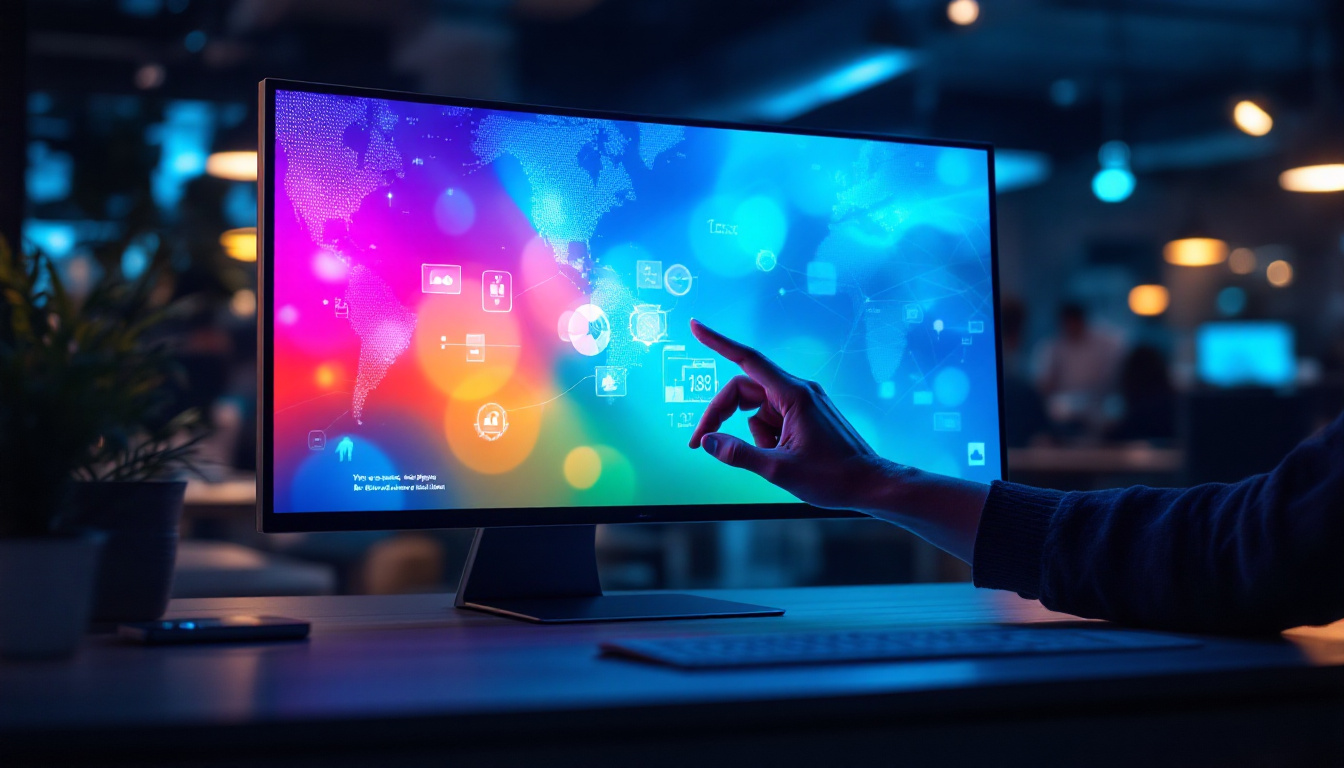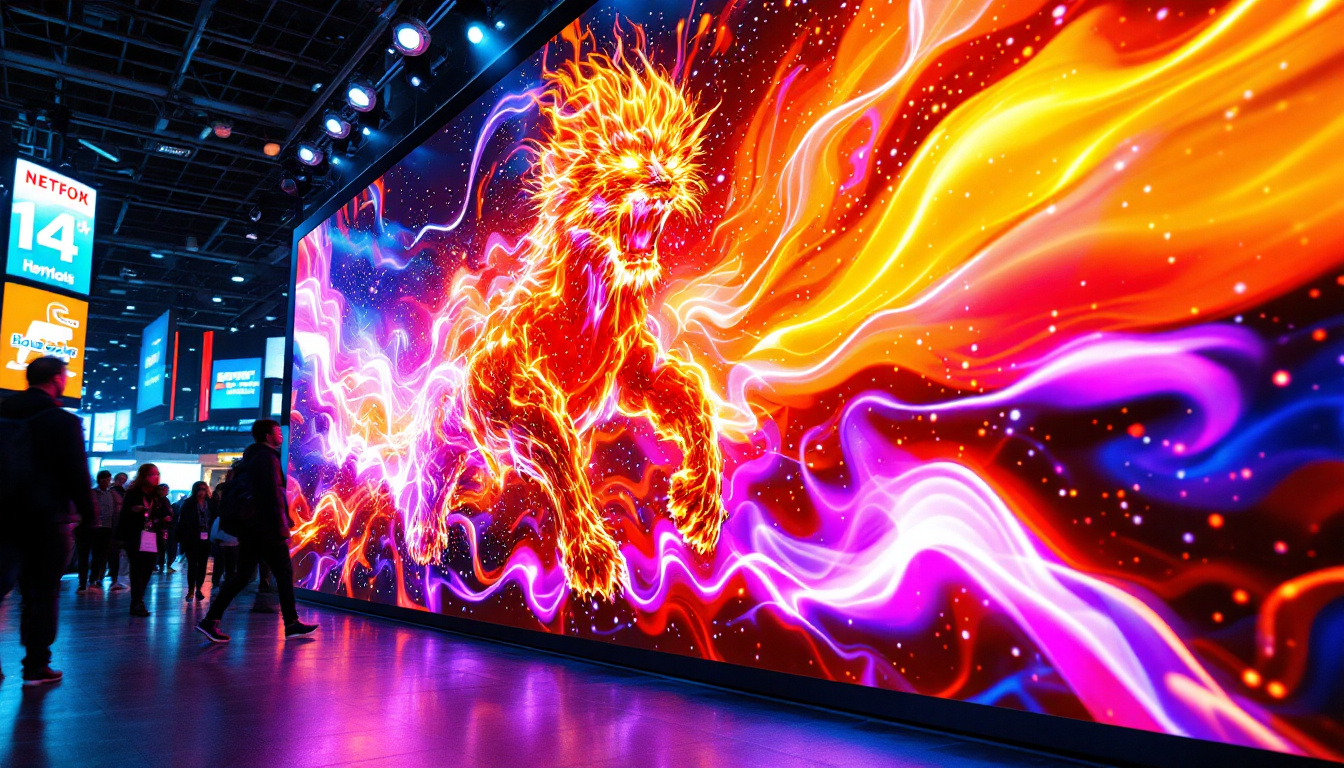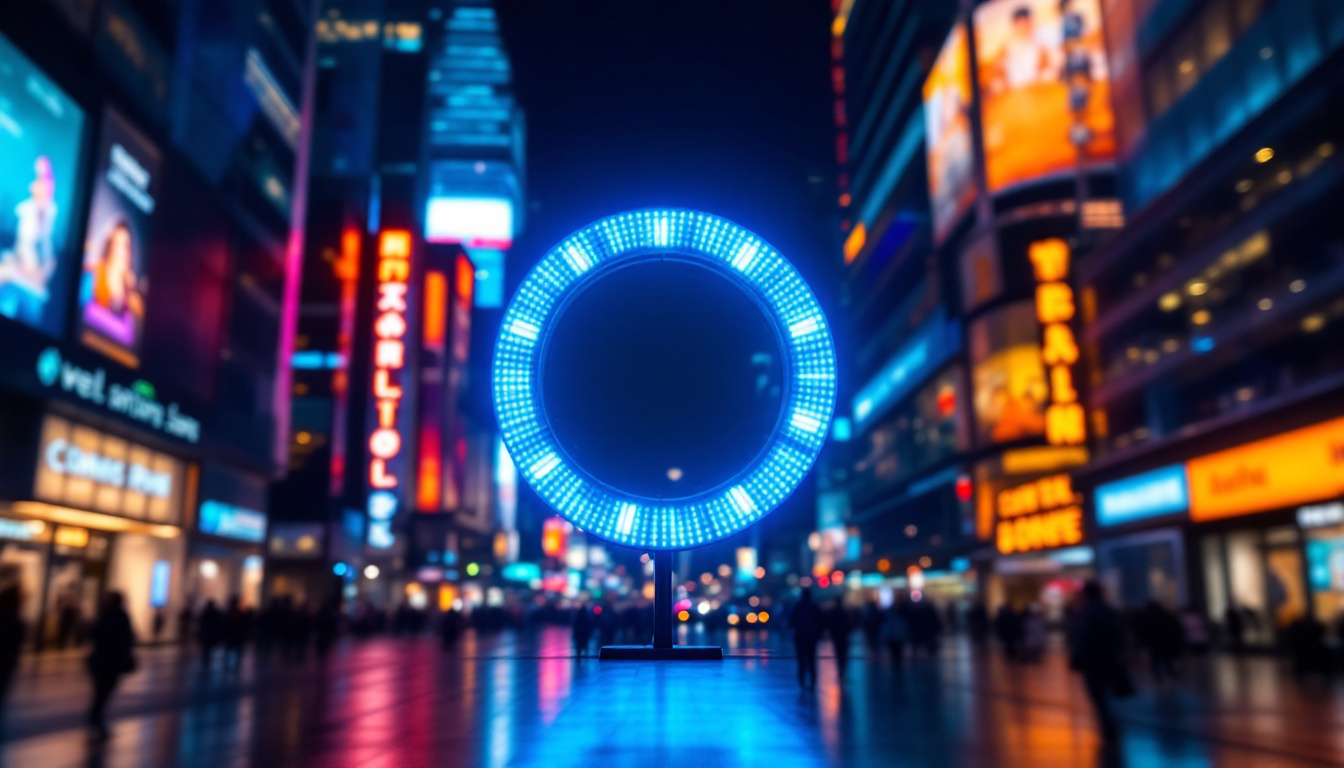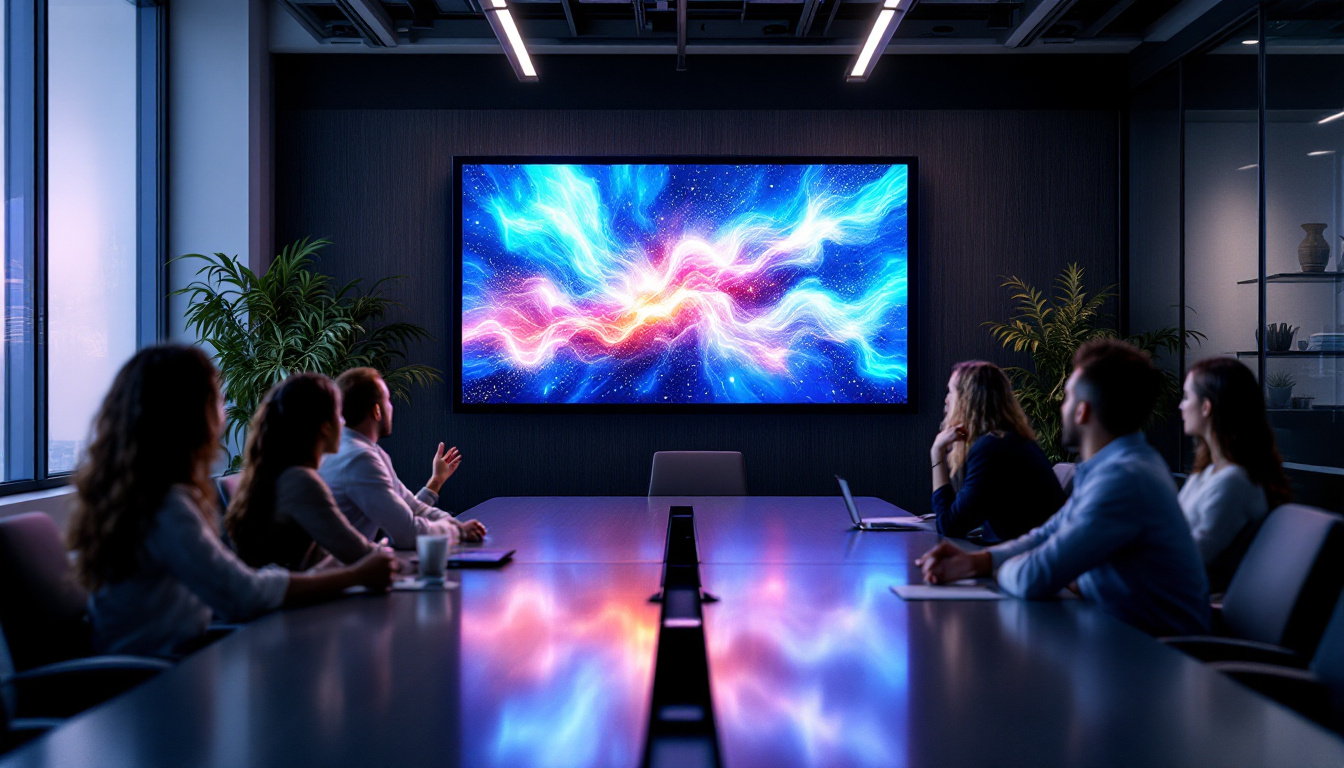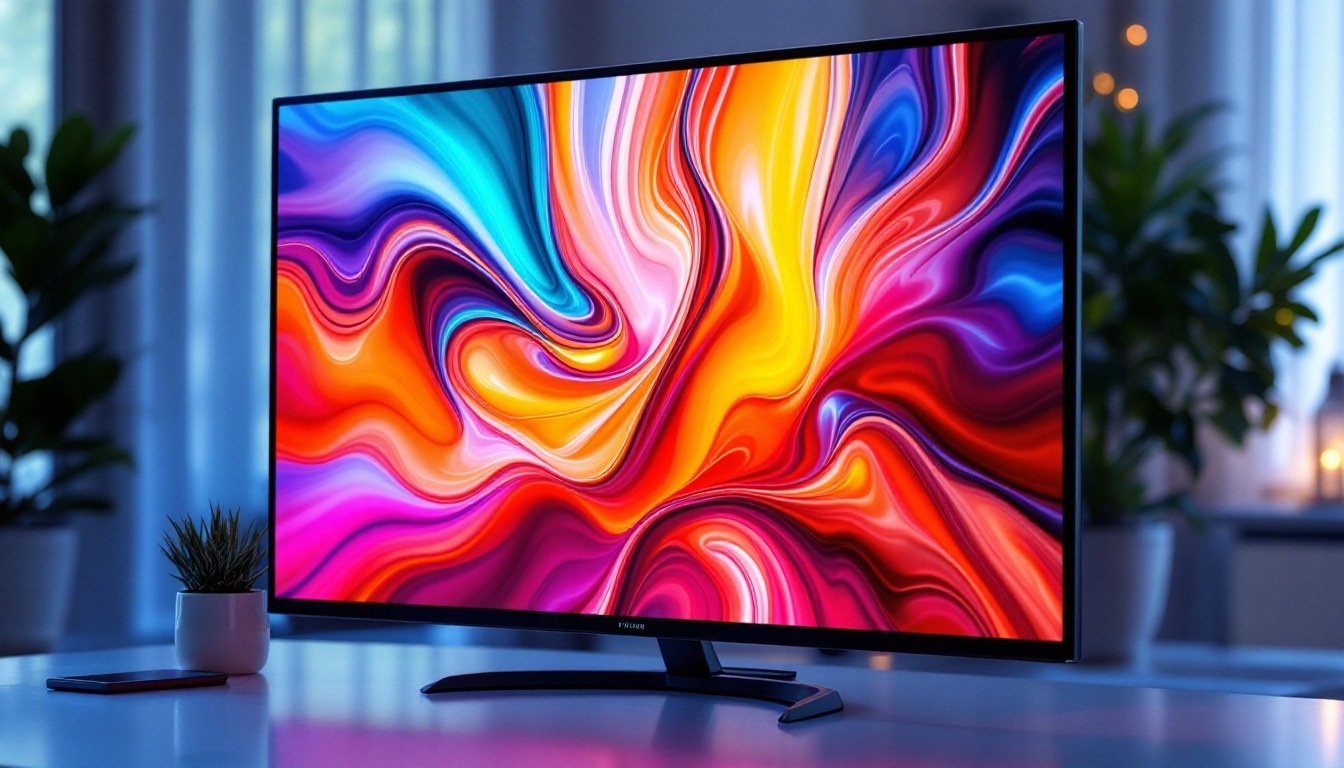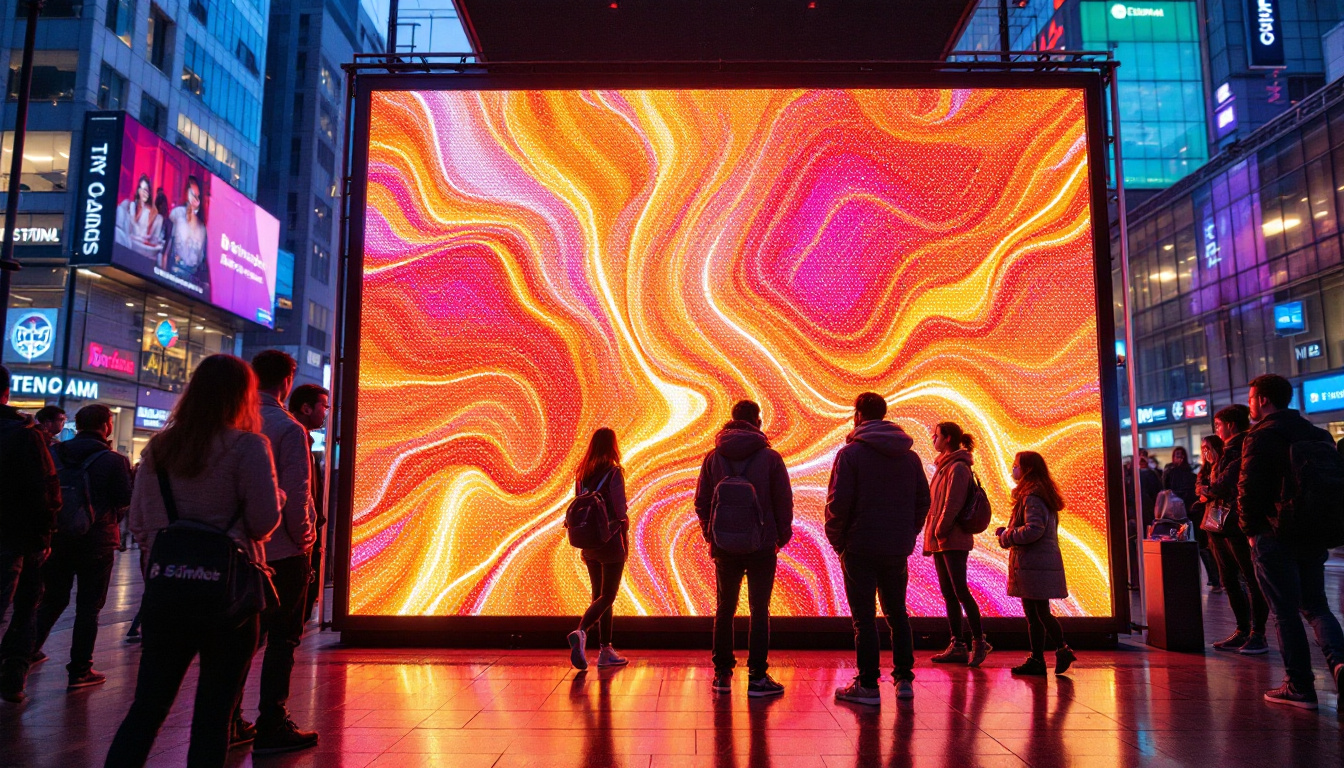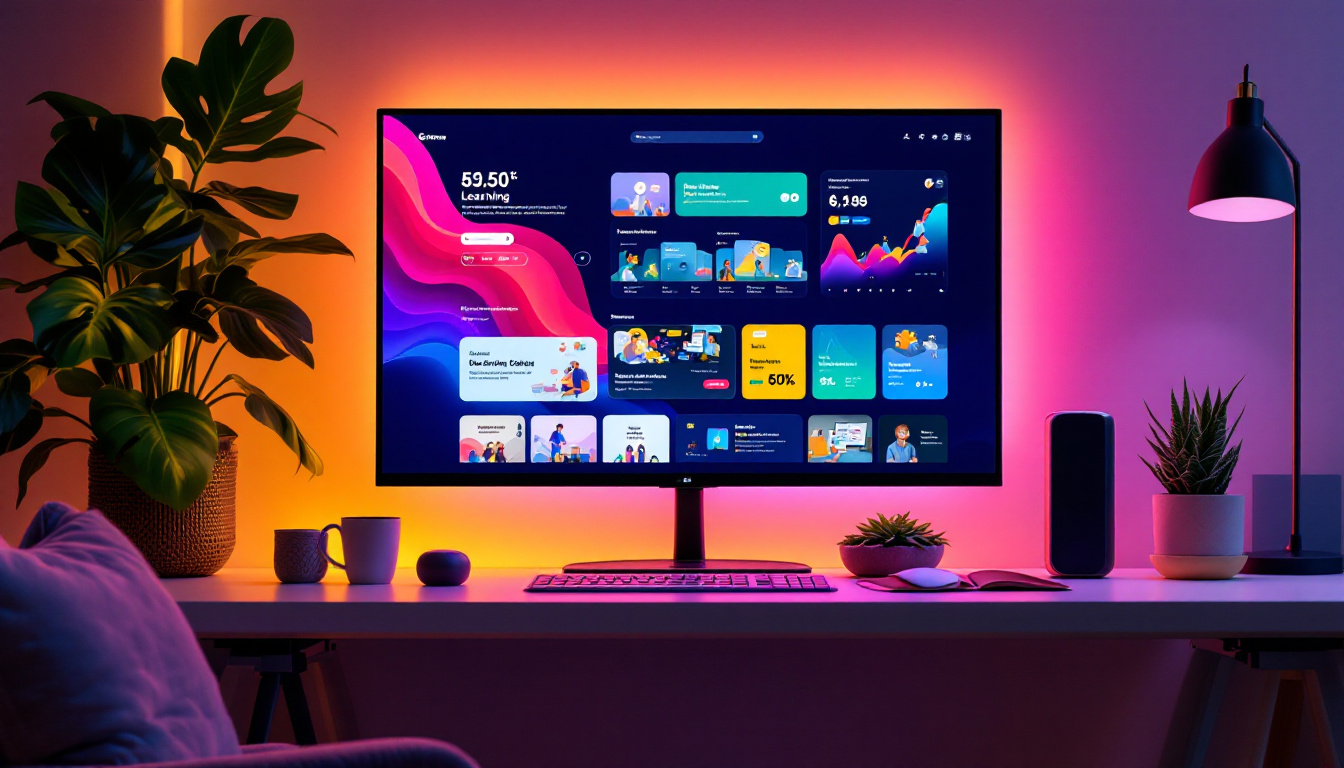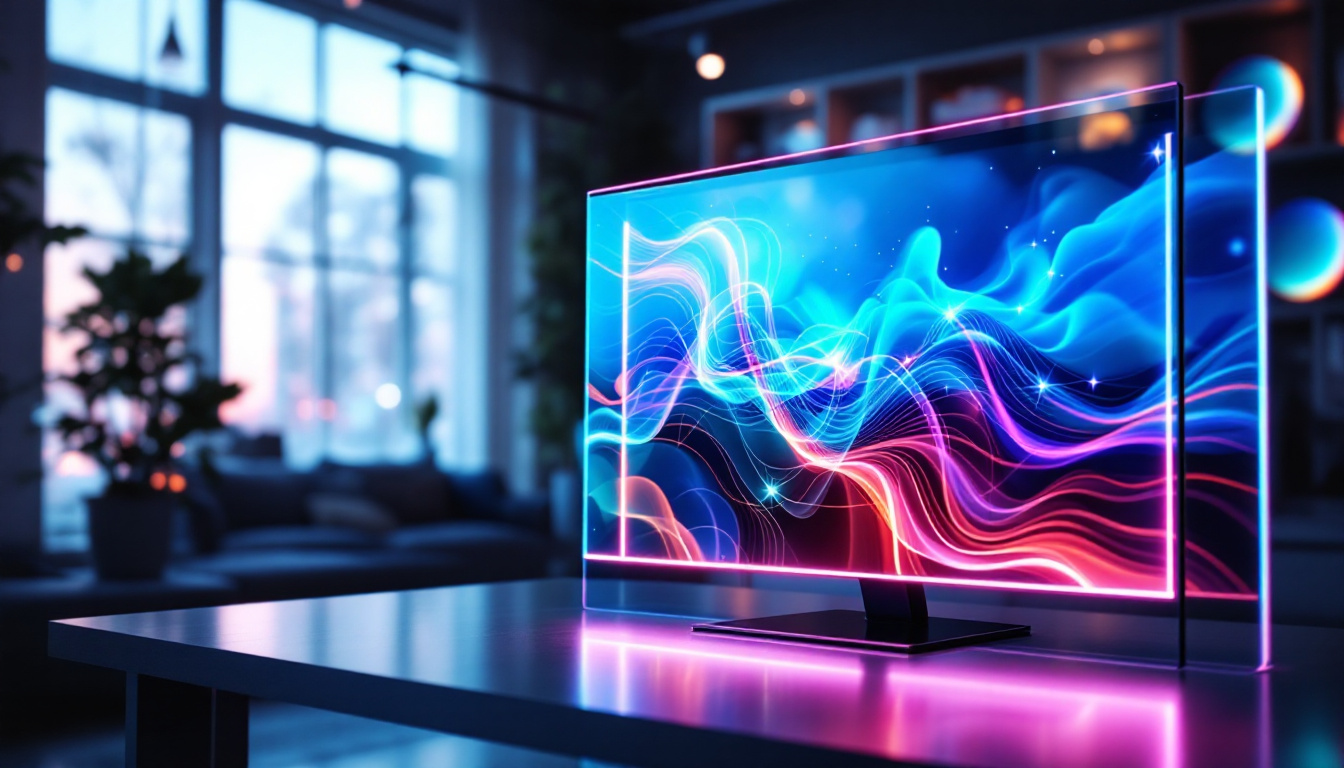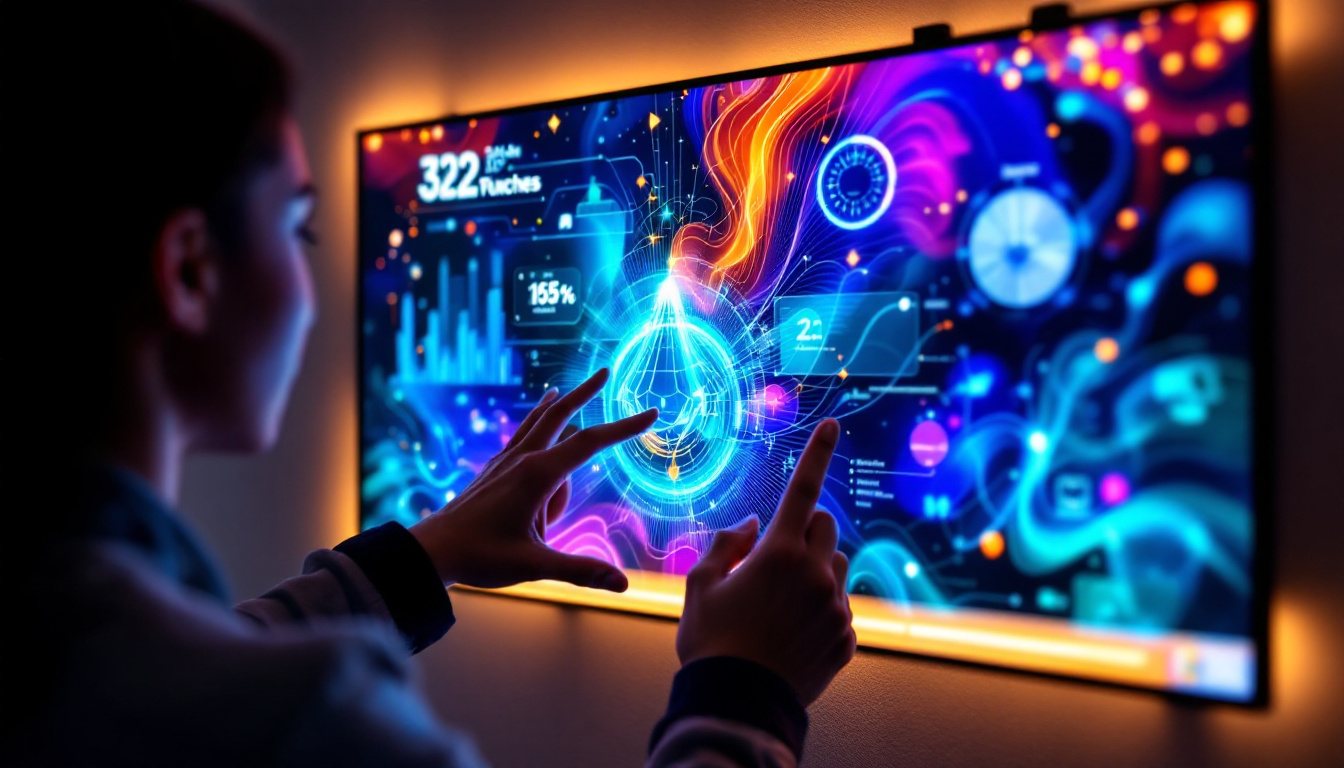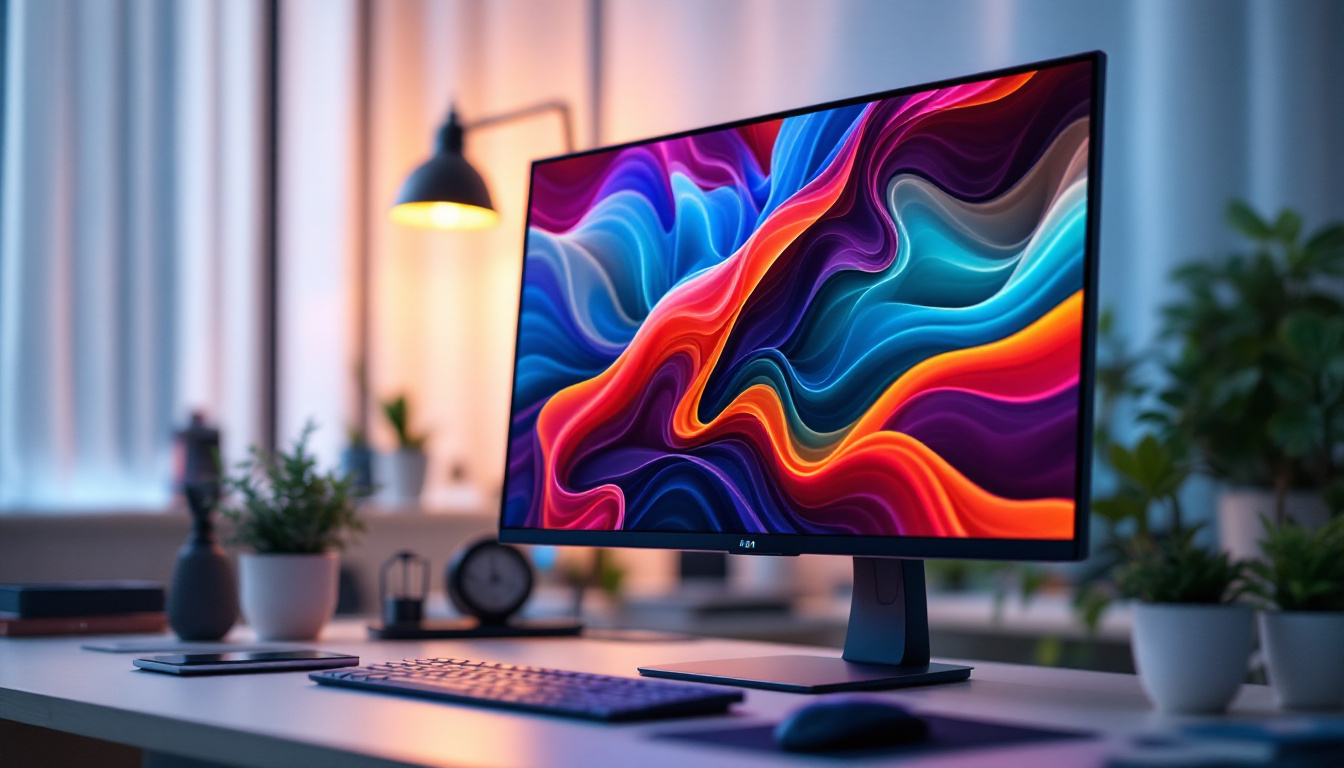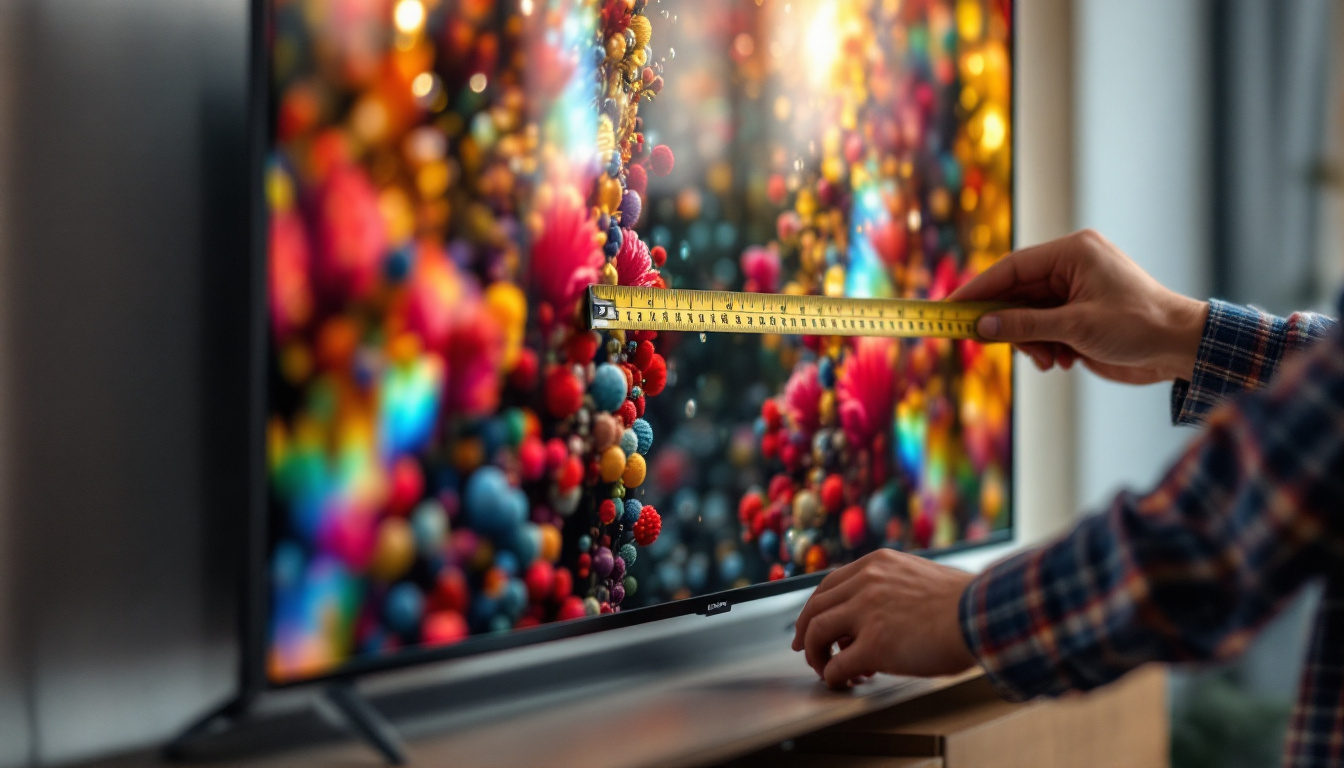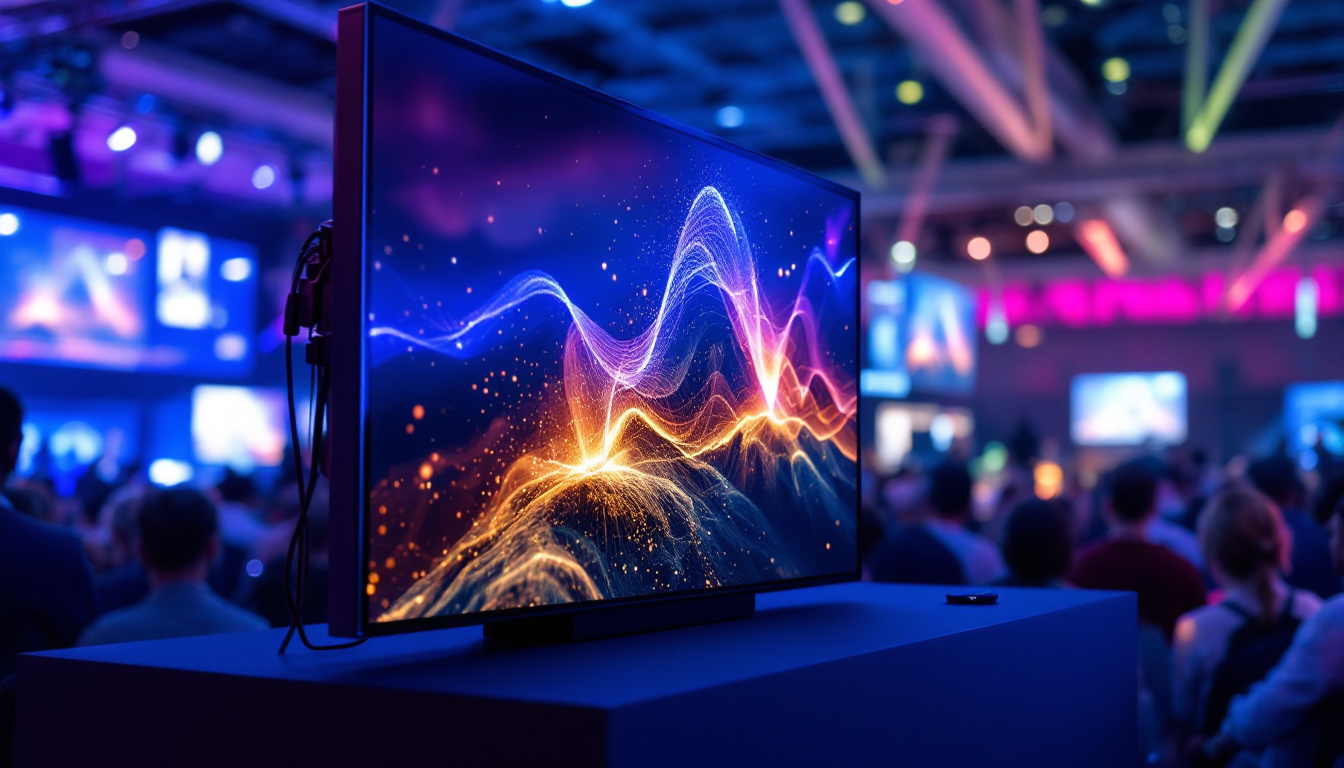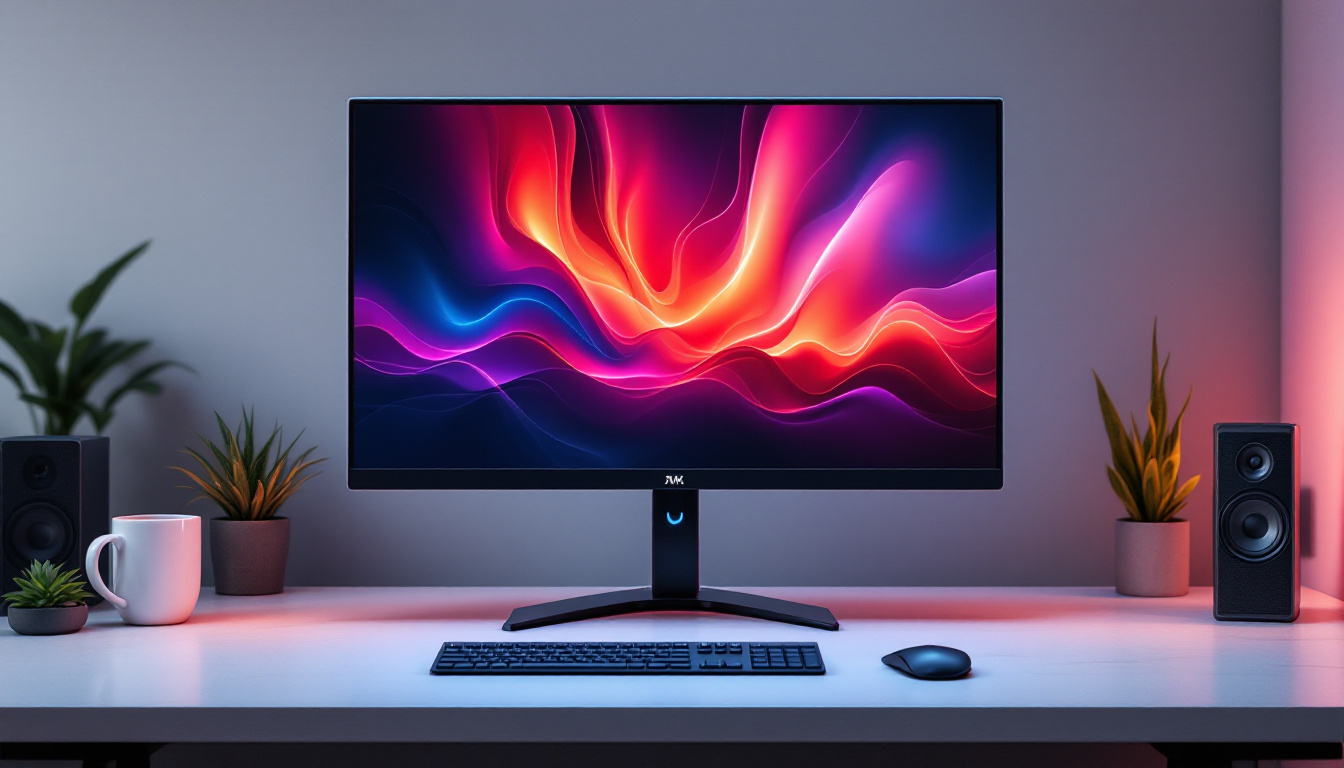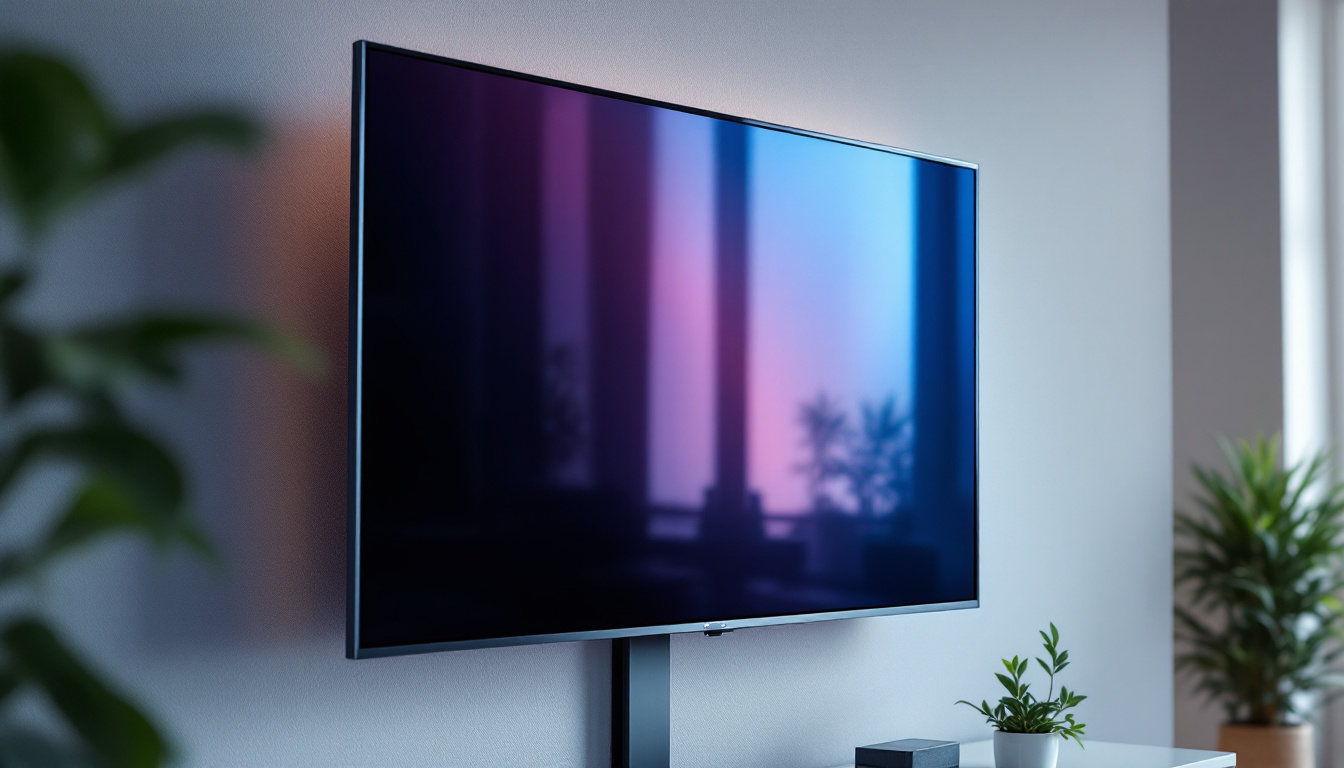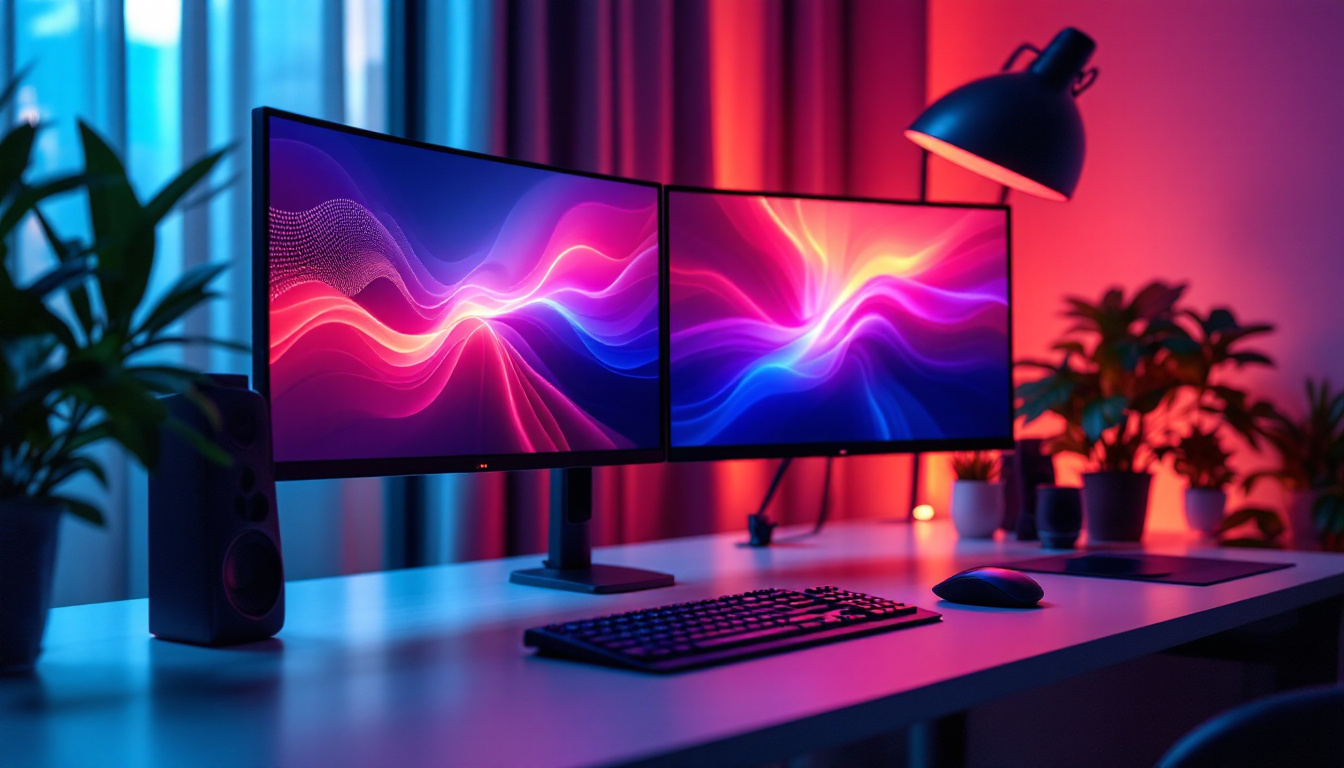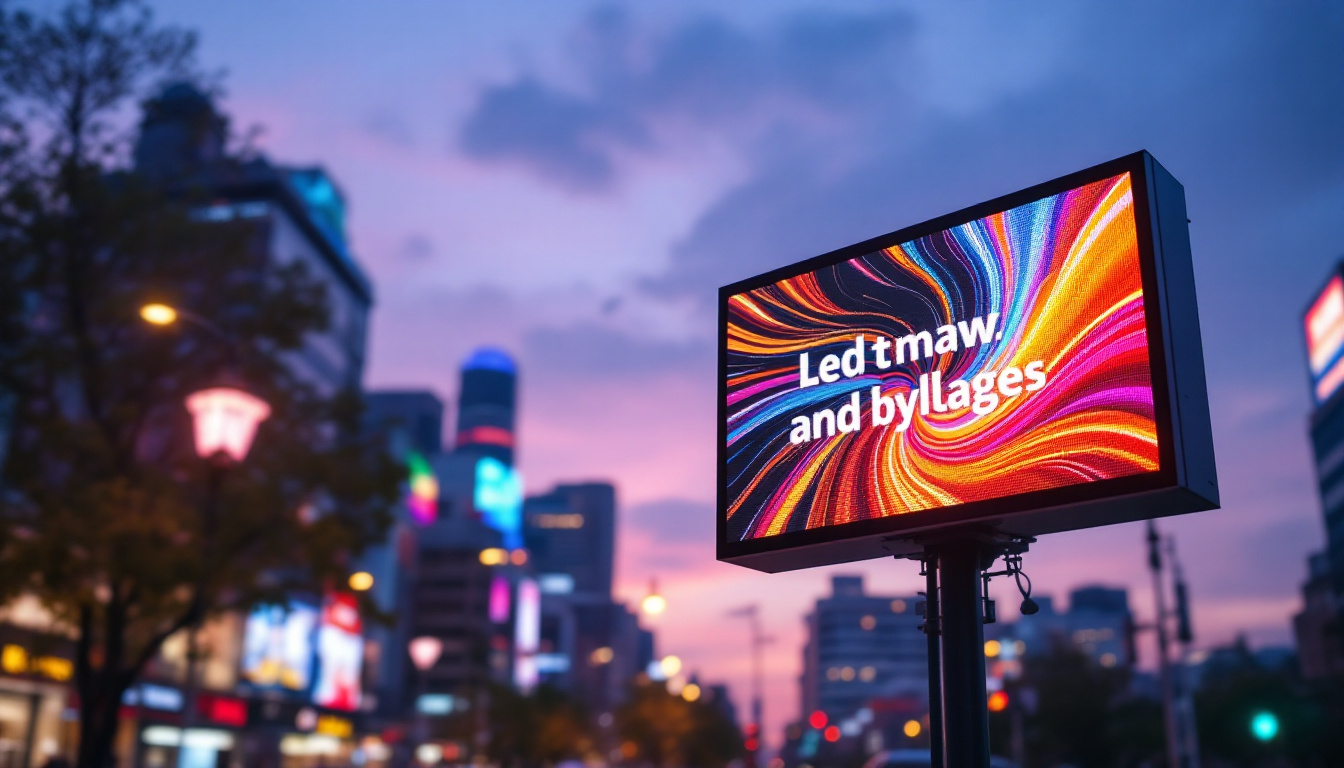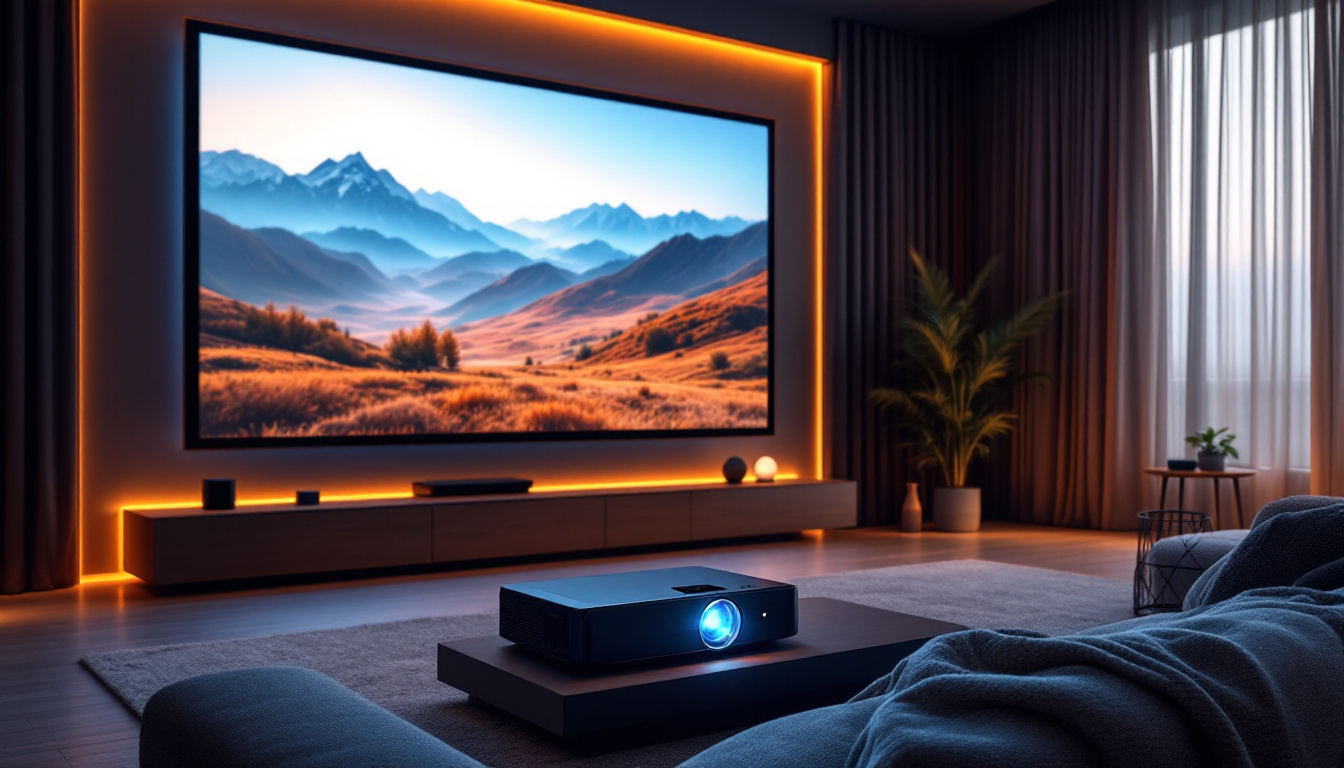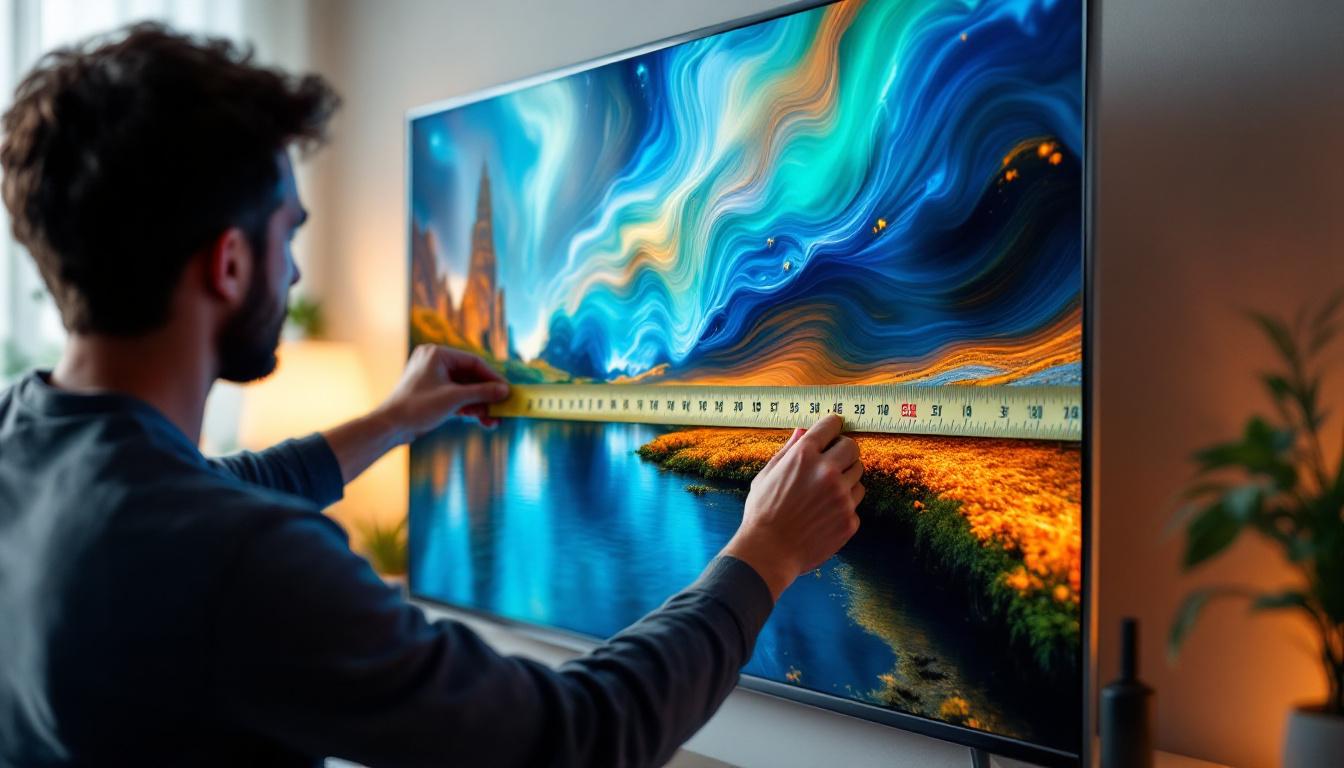In recent years, desktop touchscreens have gained significant traction in both personal and professional environments. The integration of LED technology into these displays has transformed the way users interact with their computers, offering a more intuitive and engaging experience. This article delves into the intricacies of desktop touchscreen LED displays, exploring their functionality, advantages, and potential applications.
Understanding LED Technology
LED, or Light Emitting Diode, technology has revolutionized the display industry. Unlike traditional LCD displays, which rely on backlighting, LED displays utilize an array of tiny diodes to produce light. This fundamental difference not only enhances the display quality but also contributes to energy efficiency.
How LED Displays Work
At the core of LED technology is the principle of electroluminescence. When an electric current passes through a semiconductor material, it emits light. In LED displays, thousands of these diodes are arranged in a grid, allowing for precise control over brightness and color. This results in vibrant images and sharp text, making them ideal for various applications.
Moreover, LED displays can be classified into two main types: edge-lit and direct-lit. Edge-lit displays have LEDs positioned along the edges of the screen, while direct-lit displays feature an array of LEDs behind the screen. Each type has its advantages, with direct-lit displays generally offering better brightness uniformity and contrast.
Benefits of LED Technology
One of the primary benefits of LED technology is its energy efficiency. LED displays consume significantly less power compared to traditional LCDs, leading to lower electricity bills and a reduced carbon footprint. Additionally, they have a longer lifespan, often lasting up to 50,000 hours or more, which translates to fewer replacements and less electronic waste.
Another advantage is the superior image quality. LED displays boast higher contrast ratios, deeper blacks, and brighter colors, making them suitable for tasks that require precise color reproduction, such as graphic design and video editing. This quality is particularly noticeable in desktop touchscreen applications, where users benefit from enhanced visual clarity.
Touchscreen Technology Explained
Touchscreen technology has evolved dramatically since its inception. Today, there are several types of touchscreens, each employing different methods to detect touch input. The most common types include resistive, capacitive, and infrared touchscreens.
Resistive Touchscreens
Resistive touchscreens consist of two thin, transparent layers separated by a small gap. When pressure is applied to the screen, the two layers make contact, registering the touch. This technology is known for its affordability and durability, making it a popular choice for industrial applications and environments where ruggedness is essential.
However, resistive touchscreens have limitations, particularly in terms of sensitivity and multi-touch capabilities. They typically require a stylus or firm pressure to register a touch, which can hinder the user experience in more interactive applications.
Capacitive Touchscreens
Capacitive touchscreens, on the other hand, utilize the electrical properties of the human body to detect touch. These screens are coated with a transparent conductor, and when a finger touches the screen, it disrupts the electric field, allowing the device to register the touch. This technology enables multi-touch capabilities and provides a more responsive user experience.
Capacitive touchscreens are commonly found in smartphones and tablets, but they are increasingly being integrated into desktop displays. Their high sensitivity and ability to recognize gestures make them ideal for applications that require precision and speed.
Infrared Touchscreens
Infrared touchscreens use an array of infrared sensors placed around the edges of the display. When an object, such as a finger, interrupts the infrared beams, the system detects the touch location. This technology is highly durable and can work with any object, including gloved hands or styluses.
While infrared touchscreens offer excellent durability and versatility, they can be more expensive than resistive and capacitive options. They are often used in specialized applications, such as kiosks and large interactive displays, where robustness is paramount.
Combining LED and Touchscreen Technologies
The fusion of LED and touchscreen technologies has led to the creation of advanced desktop displays that cater to a wide range of user needs. This combination enhances not only the visual experience but also the interactivity of the device.
Enhanced User Experience
Desktop touchscreens equipped with LED displays provide an immersive user experience. The vibrant colors and sharp images make navigation intuitive, while the touch functionality allows for direct interaction with applications. This is particularly beneficial in creative fields, where designers can manipulate graphics with precision and ease.
Furthermore, the responsiveness of capacitive touchscreens enhances productivity. Users can quickly switch between applications, zoom in and out, and navigate complex software with simple gestures. This efficiency is invaluable in fast-paced work environments, where time is of the essence.
Applications in Various Industries
The applications of desktop touchscreen LED displays are vast and varied. In education, interactive whiteboards equipped with touchscreen technology allow teachers to engage students in a dynamic way, fostering collaboration and participation.
In the healthcare sector, touchscreen displays are used for patient monitoring systems, allowing healthcare professionals to access vital information quickly and efficiently. The clarity of LED displays ensures that critical data is easily readable, which can be crucial in emergency situations.
Additionally, retail environments are increasingly adopting touchscreen displays for point-of-sale systems. The combination of LED technology and touch functionality streamlines transactions, enhances customer engagement, and provides a modern shopping experience.
Considerations When Choosing a Desktop Touchscreen LED Display
When selecting a desktop touchscreen LED display, several factors should be considered to ensure it meets specific needs and preferences. Understanding these factors can help users make informed decisions and optimize their experience.
Screen Size and Resolution
The size and resolution of the display are critical factors that influence usability. Larger screens provide more screen real estate, making multitasking easier. However, they also require more desk space. On the other hand, smaller screens may be more compact but could limit visibility when working with multiple applications.
Resolution is equally important, as it determines the clarity of the images and text displayed. Higher resolutions, such as 4K, offer sharper visuals, which are essential for design work and media consumption. Users should assess their specific needs to find a balance between size and resolution.
Touch Technology Type
The type of touchscreen technology employed in the display can significantly impact user experience. Capacitive touchscreens are typically preferred for their responsiveness and multi-touch capabilities, making them suitable for creative tasks and interactive applications.
However, in environments where durability is crucial, such as industrial settings, resistive touchscreens may be more appropriate. Understanding the intended use of the display will help users choose the right technology for their needs.
Connectivity and Compatibility
Connectivity options are another vital consideration. A desktop touchscreen LED display should offer various connectivity options, such as HDMI, DisplayPort, or USB-C, to ensure compatibility with different devices. Additionally, features like built-in speakers and USB hubs can enhance the overall functionality of the display.
Compatibility with operating systems is also essential. Users should verify that the display supports their preferred operating system and any specific software applications they intend to use. This ensures a seamless integration into their existing setup.
Future Trends in Desktop Touchscreen LED Displays
The landscape of desktop touchscreen LED displays is continually evolving, with advancements in technology paving the way for new possibilities. As consumer demands change, manufacturers are innovating to create displays that offer enhanced functionality and user experience.
Integration of AI and Machine Learning
One of the most exciting trends is the integration of artificial intelligence (AI) and machine learning into touchscreen displays. These technologies can enhance user interaction by predicting user behavior and preferences, allowing for a more personalized experience. For instance, displays could learn frequently used applications and adjust settings accordingly, streamlining workflow.
Moreover, AI can improve accessibility features, making touchscreen displays more user-friendly for individuals with disabilities. Voice recognition and gesture control are just a few examples of how AI can enhance usability and inclusivity.
Advancements in Display Technology
As technology progresses, new display technologies are emerging. MicroLED and OLED are two promising technologies that offer superior color accuracy, contrast, and energy efficiency compared to traditional LED displays. These advancements could lead to even more immersive and visually stunning desktop touchscreen experiences.
Furthermore, the development of flexible displays may allow for innovative form factors, enabling users to customize their workspace in unprecedented ways. Imagine a touchscreen that can be rolled up or adjusted to fit various configurations, providing versatility in design and functionality.
Increased Focus on Sustainability
As environmental concerns continue to grow, manufacturers are placing a greater emphasis on sustainability in their products. This includes using eco-friendly materials, reducing energy consumption, and implementing recycling programs for old displays. Consumers are becoming more conscious of their purchasing decisions, and manufacturers are responding by prioritizing sustainable practices.
Conclusion
Desktop touchscreen LED displays represent a significant advancement in technology, offering users an enhanced and interactive experience. By understanding the underlying technologies, benefits, and considerations when choosing a display, users can make informed decisions that align with their needs.
As the industry continues to evolve, the integration of AI, advancements in display technology, and a focus on sustainability will shape the future of desktop touchscreen displays. Embracing these innovations will not only enhance productivity but also contribute to a more engaging and efficient digital experience.
In summary, the combination of LED technology and touchscreen functionality is redefining how users interact with their devices, paving the way for a more intuitive and visually stunning future.
Discover the Future of Interactive Displays with LumenMatrix
Ready to elevate your digital experience with the latest in desktop touchscreen LED technology? LumenMatrix is at the forefront of innovation, offering an extensive range of LED display solutions tailored to meet your needs. From captivating Indoor LED Walls to dynamic Outdoor LED Displays and beyond, our products are designed to enhance engagement and bring your visual communication to life. Don’t miss out on the opportunity to transform your space with cutting-edge displays. Check out LumenMatrix LED Display Solutions today and step into the future of interactive displays.

